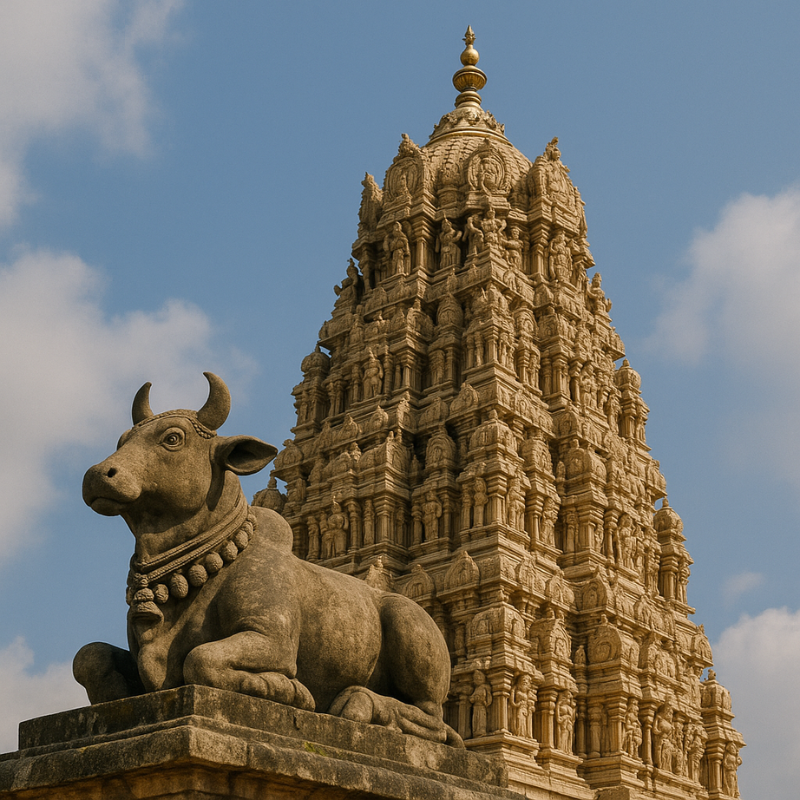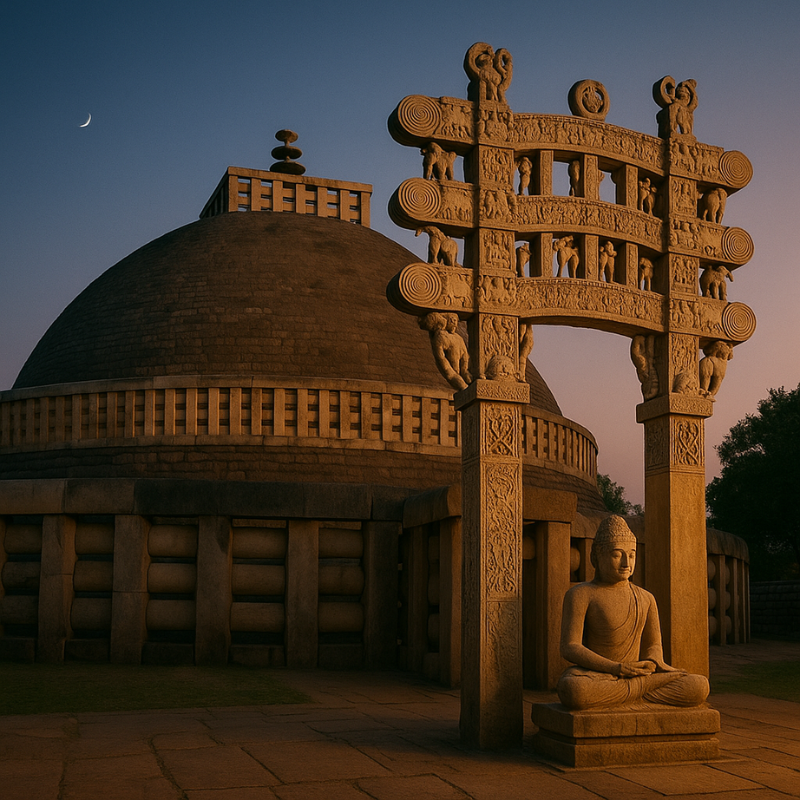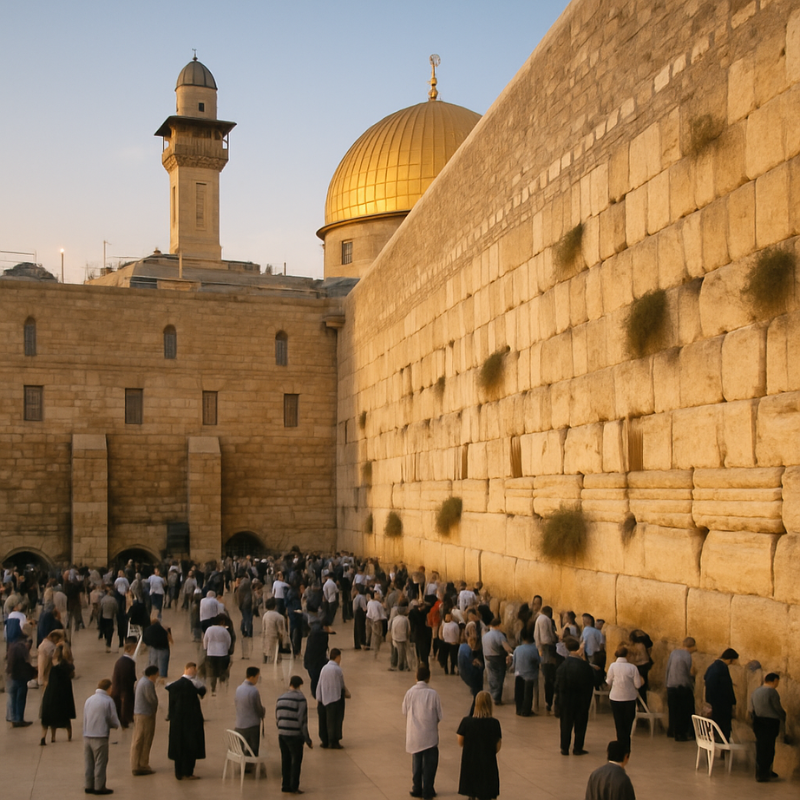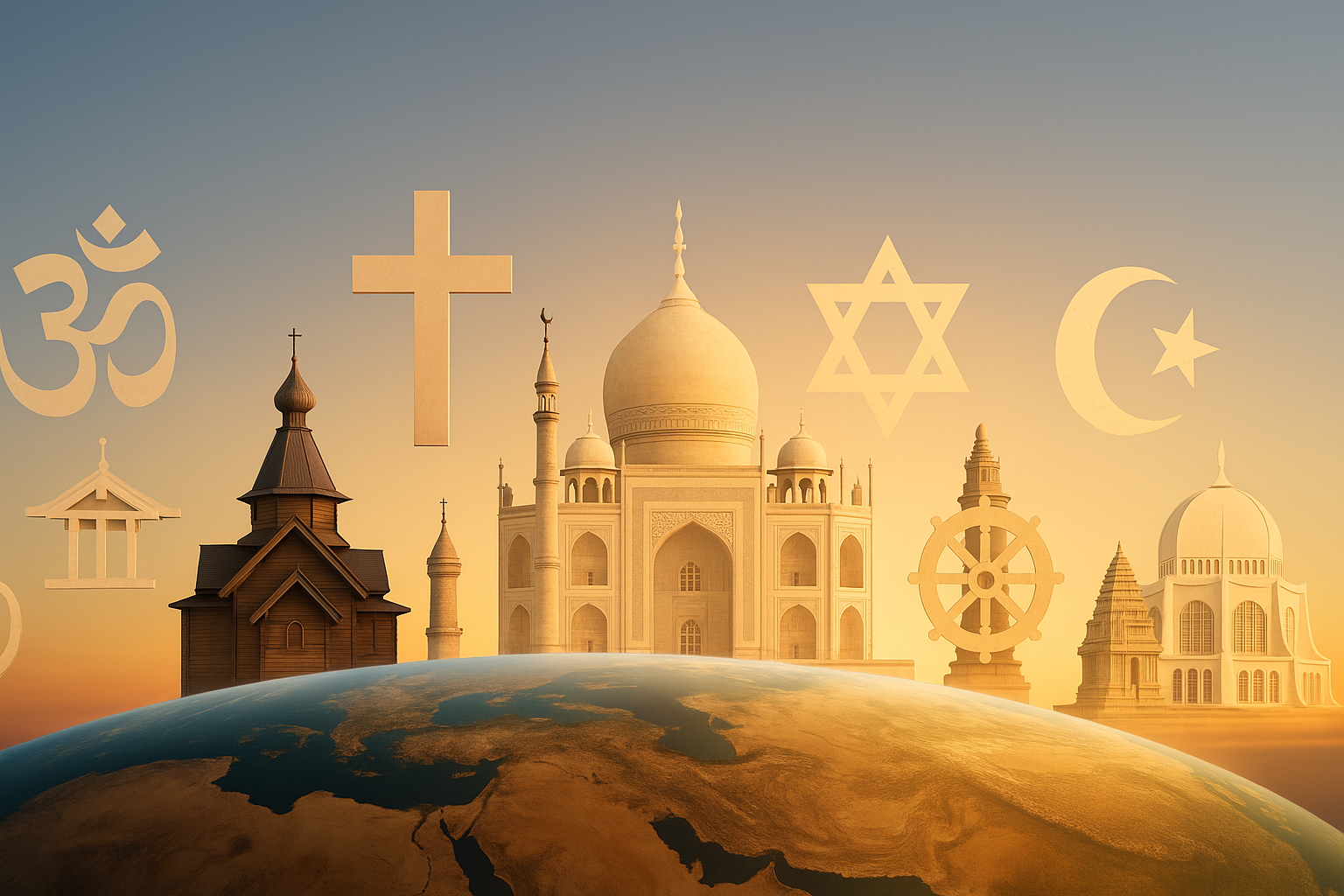In a world rich with culture and diversity, religion continues to play a profound role in shaping societies, identities, and values. From sacred texts to architectural marvels, religion informs everything from community rituals to global politics. Despite differences in doctrines and practices, each faith contributes a unique worldview, offering meaning, guidance, and connection to something greater than ourselves.
While countless spiritual paths exist, twelve major religions collectively influence billions of people across the globe. Whether ancient or emerging, these belief systems offer insights into humanity’s spiritual evolution. In this post, we take a closer look at these twelve major religions—highlighting their core beliefs, global impact, and cultural legacy.
1. Christianity

Followers: ~2.4 billion
Origin: 1st century CE, Roman province of Judea
Christianity is the largest religion globally, centered on the life, teachings, and resurrection of Jesus Christ. Christians believe in one God and follow the Bible as their sacred text. With denominations such as Catholicism, Protestantism, and Eastern Orthodoxy, Christianity’s reach extends to art, law, ethics, and architecture—from grand Gothic cathedrals to minimalist chapels.
2. Islam

Followers: ~1.9 billion
Origin: 7th century CE, Mecca and Medina (Saudi Arabia)
Islam teaches monotheism through the revelations given to the Prophet Muhammad, recorded in the Qur’an. Muslims observe five pillars of faith, including prayer, fasting, charity, and pilgrimage to Mecca. Islamic culture has influenced global philosophy, science, calligraphy, and architecture—seen in the domes and minarets of mosques worldwide.
3. Hinduism

Followers: ~1.2 billion
Origin: Over 4,000 years ago, Indian subcontinent
One of the oldest religions, Hinduism is a vast tapestry of deities, philosophies, and rituals. It promotes concepts like karma, dharma, and moksha (liberation). From the sacred Ganges River to the intricate carvings of South Indian temples, Hinduism is deeply interwoven with India’s cultural and spiritual landscape.
4. Buddhism

Followers: ~500 million
Origin: 6th century BCE, Northern India
Founded by Siddhartha Gautama (the Buddha), Buddhism encourages a path of mindfulness, compassion, and detachment from material suffering. Its schools—Theravāda, Mahāyāna, and Vajrayāna—offer diverse practices and teachings. Buddhist architecture, from serene Zen gardens to Tibetan stupas, reflects a devotion to balance and inner peace.
5. Sikhism

Followers: ~30 million
Origin: 15th century CE, Punjab region, India
Sikhism was founded by Guru Nanak and emphasizes equality, service, and devotion to one God. The Guru Granth Sahib is the central scripture, and places of worship are called Gurdwaras. The Golden Temple in Amritsar, with its reflective pool and gold-clad sanctum, is a testament to Sikh values and architectural grandeur.
6. Judaism

Followers: ~15 million
Origin: Over 3,000 years ago, Middle East (ancient Israel)
Judaism is the oldest of the Abrahamic religions, centered on the covenant between God and the Jewish people. The Torah, comprising the first five books of the Hebrew Bible, guides religious life. Jewish tradition has influenced Western law, philosophy, and ethics. From Jerusalem’s Western Wall to minimalist synagogues, Jewish sacred spaces echo resilience and continuity.
7. Bahá’í Faith

Followers: ~8 million
Origin: 19th century CE, Persia (modern Iran)
Founded by Bahá’u’lláh, the Bahá’í Faith teaches the spiritual unity of all humanity. It embraces progressive revelation and views all major religions as part of a singular divine plan. Bahá’í temples, known for their universal design and openness to all faiths, symbolize inclusiveness and peace.
8. Jainism

Followers: ~4–5 million
Origin: Around the same time as Buddhism, India
Jainism emphasizes non-violence (ahimsa), truth, and asceticism. Followers strive to live harmlessly, with a strong commitment to environmental sustainability. Jain temples are architectural wonders, often carved from white marble with elaborate detailing that mirrors their inner discipline.
9. Shinto

Followers: ~3–4 million (practiced by many more in Japan)
Origin: Ancient Japan
Shinto is Japan’s indigenous religion, centered on kami—spiritual beings found in nature, ancestors, and sacred places. It emphasizes ritual purity and harmony with nature. Shinto shrines, with their iconic torii gates, are often nestled in forests, blending seamlessly with the land they honor.
10. Taoism

Followers: ~12 million (with wider cultural influence in China)
Origin: 4th century BCE, China
Taoism promotes living in harmony with the Tao, or the natural way of the universe. Key texts include the Tao Te Ching by Laozi. Taoist temples often feature symbolic elements like dragons, yin-yang motifs, and flowing water, embodying balance and transformation.
11. Confucianism

Followers: Cultural influence on ~1 billion people
Origin: 5th–6th century BCE, China
More a philosophy than a religion, Confucianism focuses on ethics, family duty, education, and governance. Its teachings have shaped East Asian societies profoundly. While it lacks formal temples or clergy, ancestral halls and Confucian academies reflect its architectural and social influence.
12. Zoroastrianism

Followers: ~100,000–200,000
Origin: 6th century BCE, ancient Persia
Zoroastrianism teaches dualism—light vs. darkness—and reveres Ahura Mazda as the supreme god. It emphasizes truth, good thoughts, and righteous deeds. Fire temples and sacred flames are central to its rituals, highlighting purity and spiritual illumination.
More Than Belief: Religion as a Cultural Blueprint
These twelve religions span thousands of years, hundreds of languages, and every continent. They shape more than just beliefs—they influence law, education, design, music, and how we build cities. Their places of worship—mosques, temples, churches, and shrines—stand as cultural beacons and architectural triumphs.
In an era often defined by fast-paced change, these faiths remind us of the enduring questions: Why are we here? What gives life meaning? How do we live with others?
Whether you’re an architect, a designer, or simply curious about the world, understanding these religions helps us grasp the deeper forces shaping civilizations—past, present, and future.
Discover More at Ideas for Architecture
At Ideas for Architecture, we celebrate how design, spirituality, and culture intersect. If you’re inspired by sacred spaces, ancient traditions, or global design narratives, explore our other blog posts or follow us for more reflections on architecture that moves the spirit.





